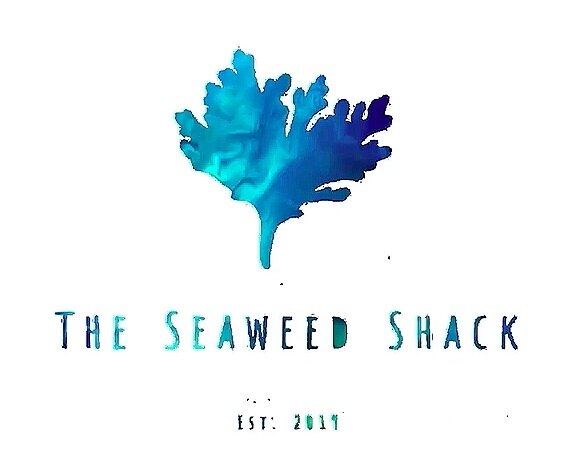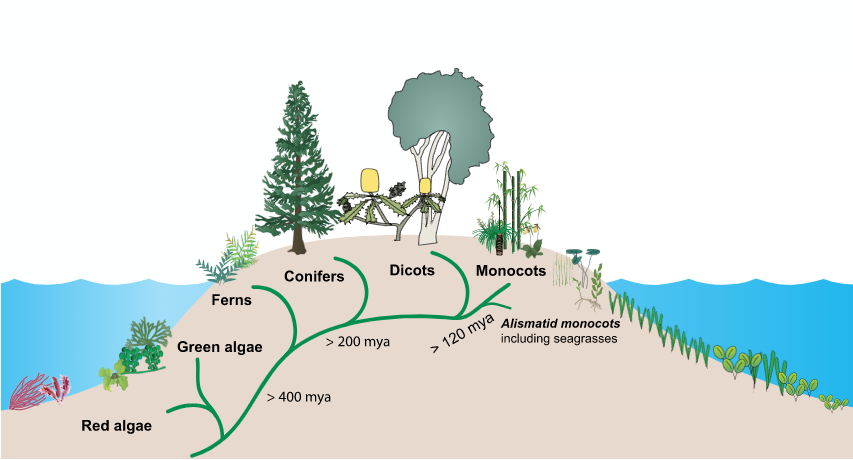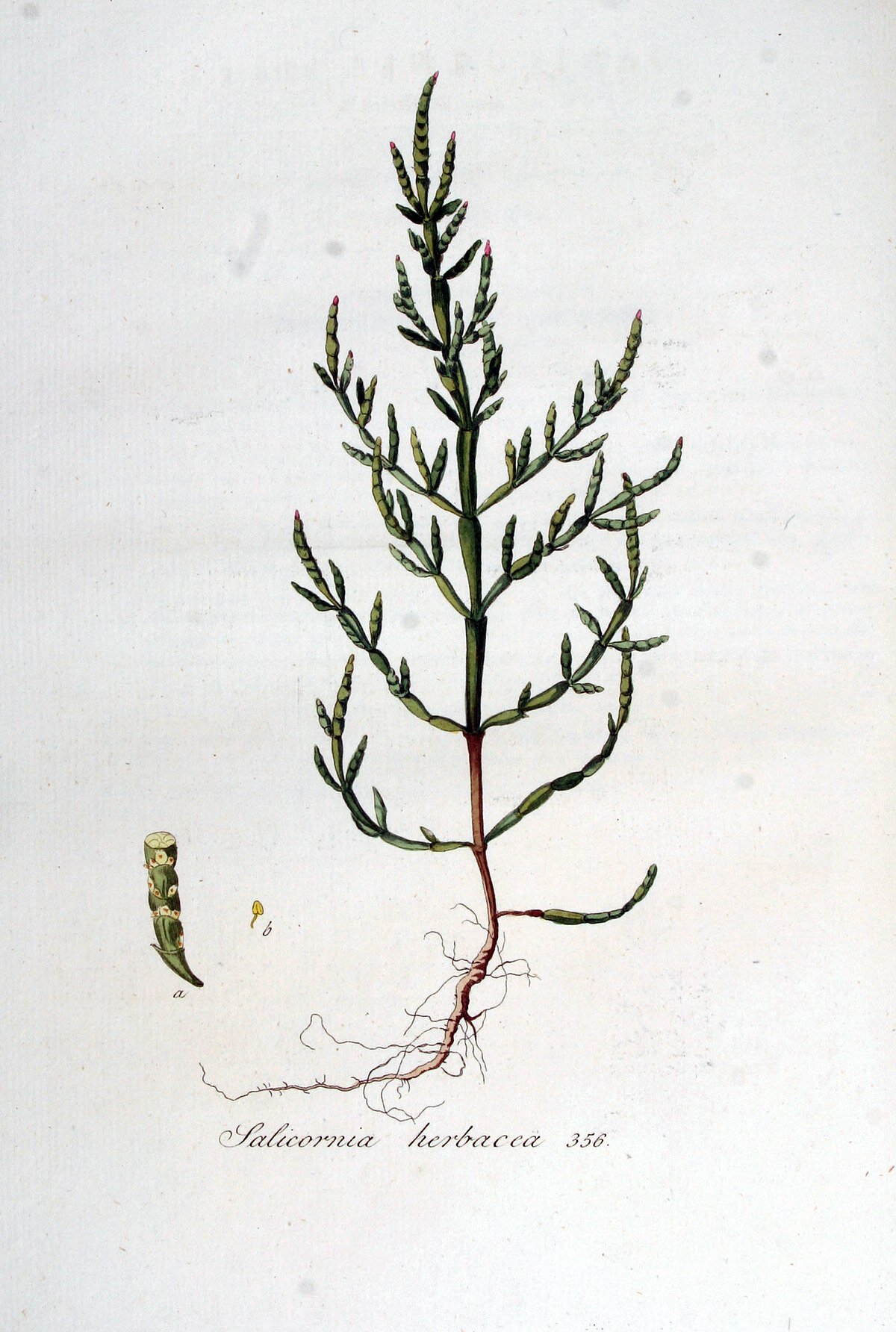Seagrass (Zostera marina)
The genus Zostera contains 15 species, so Zostera marina may not be the correct species here, but it also goes by the name eelgrass. It can be found on sandy substrates or in estuaries, usually submerged or partially floating. Most Zostera are perennial. Zostera beds are important for sediment deposition, substrate stabilization, as substrate for epiphytic algae and micro-invertebrates, and as nursery grounds for many species of economically important fish and shellfish. Zostera often forms beds in bay mud in the estuarine setting.
Eel grass beds provide a refuge for many invertebrates and a safe haven for developing juvenile fish. The detritus produced when the leaves decay in winter enriches the sediment. The decomposing tissues are the basis for a food chain and large numbers of organisms and bacteria that break down the tissues. Zostera noltii (dwarf eelgrass) and other seagrasses are important in stabilising sediments and reducing wave energy, which may provide a coastal defence against erosion. It is however sensitive to being smothered by shifting sediment and has a low capacity to recover when buried. This may be due to its relatively short leaves and its lack of vertical rhizomes. It is regularly exposed on the foreshore at low tide and is resistant to desiccation. Although it supports a biodiverse assortment of animal species, these are more numerous in subtidal beds.
Interestingly, sea hares (actually marine hares) live in a symbiotic relationship with seagrass, cleaning the slimey diatoms and algae from their leaves and keeping them clean. The reintroduction of otters to certain estuaries was found to simultaneously benefit seagrass, since the otters ate the crabs and other critters that would prey on the sea hares. Just as otters benefit seaweed, here is another perfect example of what’s known as a trophic cascade in action.
Eelgrass has been used for food by the Seri tribe of Native Americans on the coast of Sonora, Mexico. The rhizomes and leaf-bases of eelgrass were eaten fresh or dried into cakes for winter food. It was also used for smoking deer meat. The Seri language has many words related to eelgrass and eelgrass-harvesting. The month of April is called xnoois ihaat iizax, literally "the month when the eelgrass seed is mature".
Certain chefs are now experimenting with seagrass seeds as an alternative to rice, which could make for a very interesting risotto or super-healthy rice cake.
Zostera has also been used as packing material and as stuffing for mattresses and cushions. On the Danish island of Læsø it has been used for thatching roofs. Roofs of eelgrass are said to be heavy, but also much longer-lasting and easier to thatch and maintain than roofs done with more conventional thatching material. More recently, the plant has been used in its dried form for insulation in eco-friendly houses and as a ground cover in permaculture gardens, once its salt layer has been washed off.
Some studies show promise for eelgrass meadows to sequester atmospheric carbon to reduce anthropogenic climate change. Their high leaf turnover and root systems store carbon and stabilise sediments. They also reduce wave action, mitigating the severity of storms and coastal erosion.














